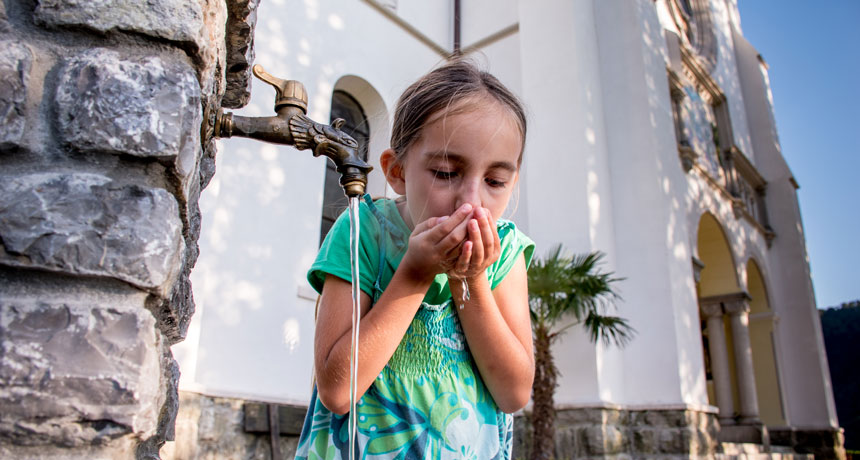Climate change made 2019 European heat wave worse
Study finds global warming quintupled the likelihood of this excessive heat

Climate change is not responsible for every heat wave. But it made a heat spell that spanned Europe in June 2019 five times more likely than normal. That’s the new finding of an international team of scientists.
Extreme heat broke records in parts of Germany, Switzerland, Italy, Spain, the Netherlands and the Czech Republic. And it set an all-time high in France of 45.9° Celsius (114.6° Fahrenheit)!
Attribution science is a fairly new field of science. It seeks to tackle the tricky question of whether and how much a given weather event might have been linked to global warming. And an international group has just weighed in on that.
Current climate conditions made the June heat wave in France up to 100 times more likely than it would have been in 1901, the team found. It couldn’t say precisely how much climate change increased the risk. (Among the reasons: Temperature records have only been available there since 1947.) But the researchers are “very confident” that climate change increased the probability by at least a factor of five.

The study’s authors are part of an international network of climate scientists. Their group is known as World Weather Attribution, or WWA. They use the latest research techniques to investigate the likelihood that any particular event has been caused by — or made worse by — global warming. And on July 2, they shared their rapid-response findings on the WWA website.
Karsten Haustein is a member of the network. He’s a climate scientist at the University of Oxford in England. In June, he told Science News that this group formed so that it could “look at any given extreme events while they’re happening and try to scientifically attribute the climate-change factor.” For example, has global warming made such an event more likely to occur?
Heat waves aren’t just about isolated high temperatures. Other factors also help define these events. That might include where they are, when they develop and how long they last.
In their new analysis, the network’s scientists examined three-day averages of the daily temperatures for France throughout the heat wave. Then they compared those to previous temperatures. They also compared the June extremes to what computer models would have predicted, based on when and where the events showed up.
And the intensity of heat waves has increased, the new analysis found. One hundred years ago, the three-day average temperature during a heat wave would have been cooler by about 4 degrees Celsius (7.2 degrees Fahrenheit).
When heat waves show up early in summer, schools may still be in session or people working. That can make it harder for people to escape the heat. It will leave more of them vulnerable to the high temps than during heat spells that occur later in the summer.
For now, it is too soon to know how much the European heat wave in June may have increased local death rates. Figuring that out requires looking at longer-term statistical averages.







